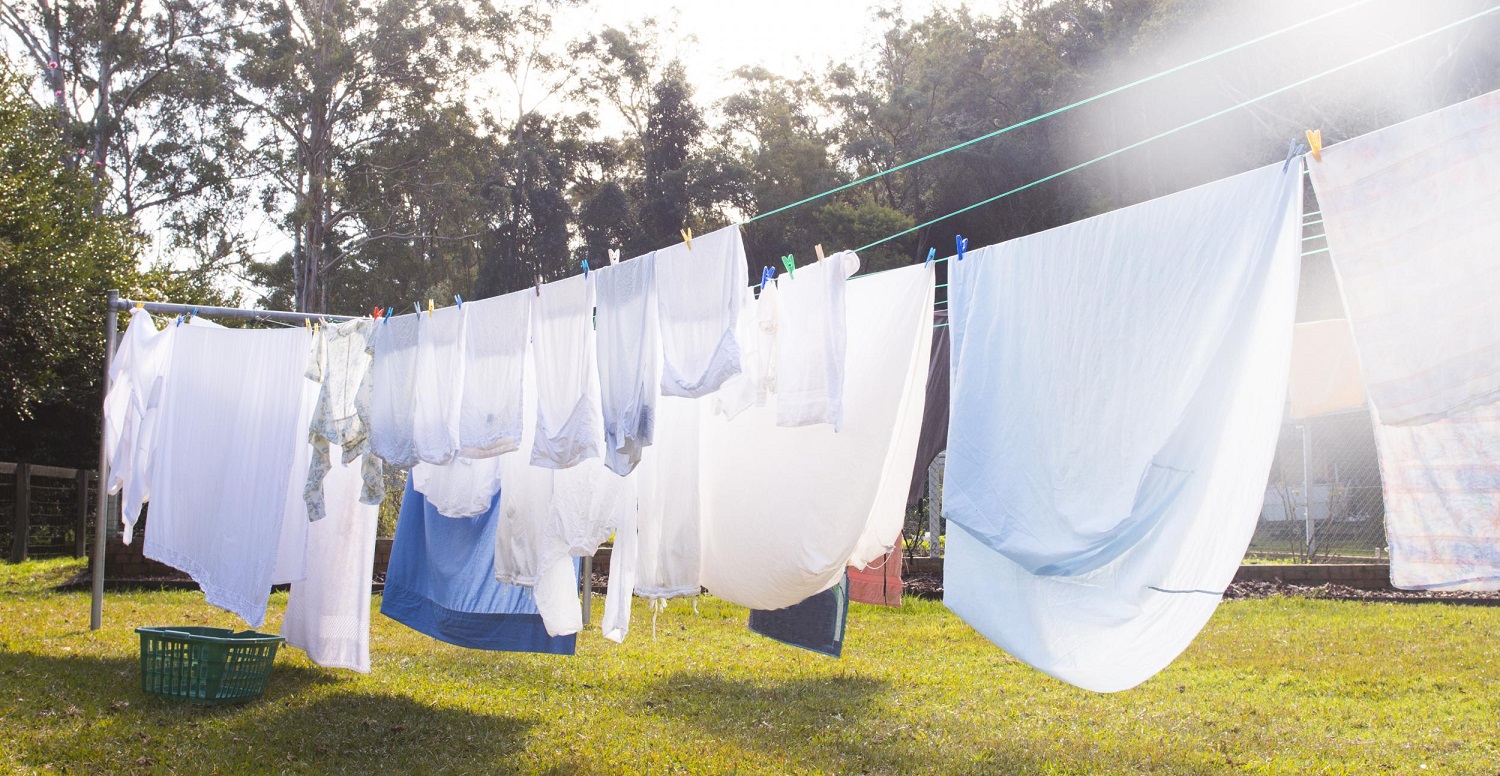Washing satin in a washing machine
 Today it is difficult to imagine your life without textile products. Among them, satin occupies a leading position. But so that the life of things does not end prematurely, you should know how to properly care for the fabric. First of all, this concerns washing!
Today it is difficult to imagine your life without textile products. Among them, satin occupies a leading position. But so that the life of things does not end prematurely, you should know how to properly care for the fabric. First of all, this concerns washing!
Automatic cleaning
Every experienced housewife knows that in order to wash satin in a washing machine, you need to follow simple rules. First of all, you need to make sure that there are no stubborn stains on the products. If any are found, they must be removed manually using a non-aggressive stain remover before washing. Sort the laundry. Wash whites separately from colours.
Turn things inside out. If they have buttons and zippers, fasten them! When working in the washing machine drum, the fittings can damage the products. It is advisable to wash clothes that do not have fasteners separately.
Fill only half of the washing machine drum with dry laundry. When wet, satin increases in both size and weight. More space will prevent clods from getting lost, and things will be rinsed better. If you plan to wash natural and synthetic fabrics together, place satin items in special protective covers. This will protect materials of different structures from deformation and friction. When the laundry is already prepared, you need to take into account a few more important points when washing satin in the washing machine.
- The labels of sateen products contain instructions at what temperature it is best to wash them, since the types of satin, depending on the composition, may be different. The optimal mode is considered to be from 40 to 600WITH.
Boiling satin is strictly prohibited!
- The number of revolutions for different types of fabric is indicated in the program of most modern washing units. For satin, the rinse and spin cycle is 600-800 rpm.

- The range of detergents for items made of satin is quite wide. These are powders, gels, capsules for certain types of fabrics. You can use any powder for delicate and even children's laundry. But it is very important that they do not contain chlorine-based bleaching components. It destroys the structure of textiles.
- To make things soft and fragrant, you can add fabric softeners.
How to dry?
Only possible for some types of satin tumble dry. In other cases, in order not to damage the fabric, this option will have to be abandoned. The ideal way to dry satin items is to hang them in fresh air, avoiding direct sunlight. But in urban conditions this is not always feasible. Therefore, you have to dry things either on closed balconies or indoors. In this case, you should also follow a number of simple rules:
- satin products are dried at normal room temperature;
- dryers or clotheslines should not be located near heating devices, the distance between them should be at least 1.5 - 2.0 m;
- The drying process should not be accelerated using an iron or hair dryer.
Fabric Features
Satin, a type of cotton fabric, is smooth, soft and silky to the touch. And, thanks to the double weave of threads, it is wear-resistant and unpretentious to frequent washing. It perfectly allows air to pass through, absorbs moisture (hygroscopic) and does not cause allergies. Products made from this fabric “hold” their shape for a long time.
The shrinkage of high-quality satin is almost invisible.Moreover, if synthetic threads are added to natural fibers. At optimal temperature (2000C) things are easy to iron. A special protective layer of paint fixative preserves the brightness of the pattern on the material and prevents it from fading. If the fabric is properly cared for, it will not “peel”, i.e. no pellets form on its surface.
At a more affordable price, satin is not inferior in quality to silk. This is why the fabric is so popular: not only bed linen, tablecloths, trousers, shirts, but even evening dresses are made from it.
Interesting:
Reader comments
- Share your opinion - leave a comment





















Add a comment